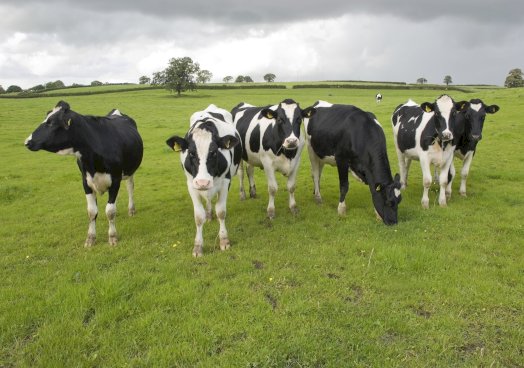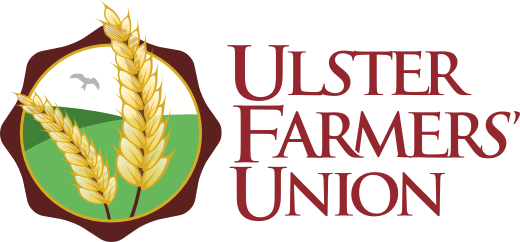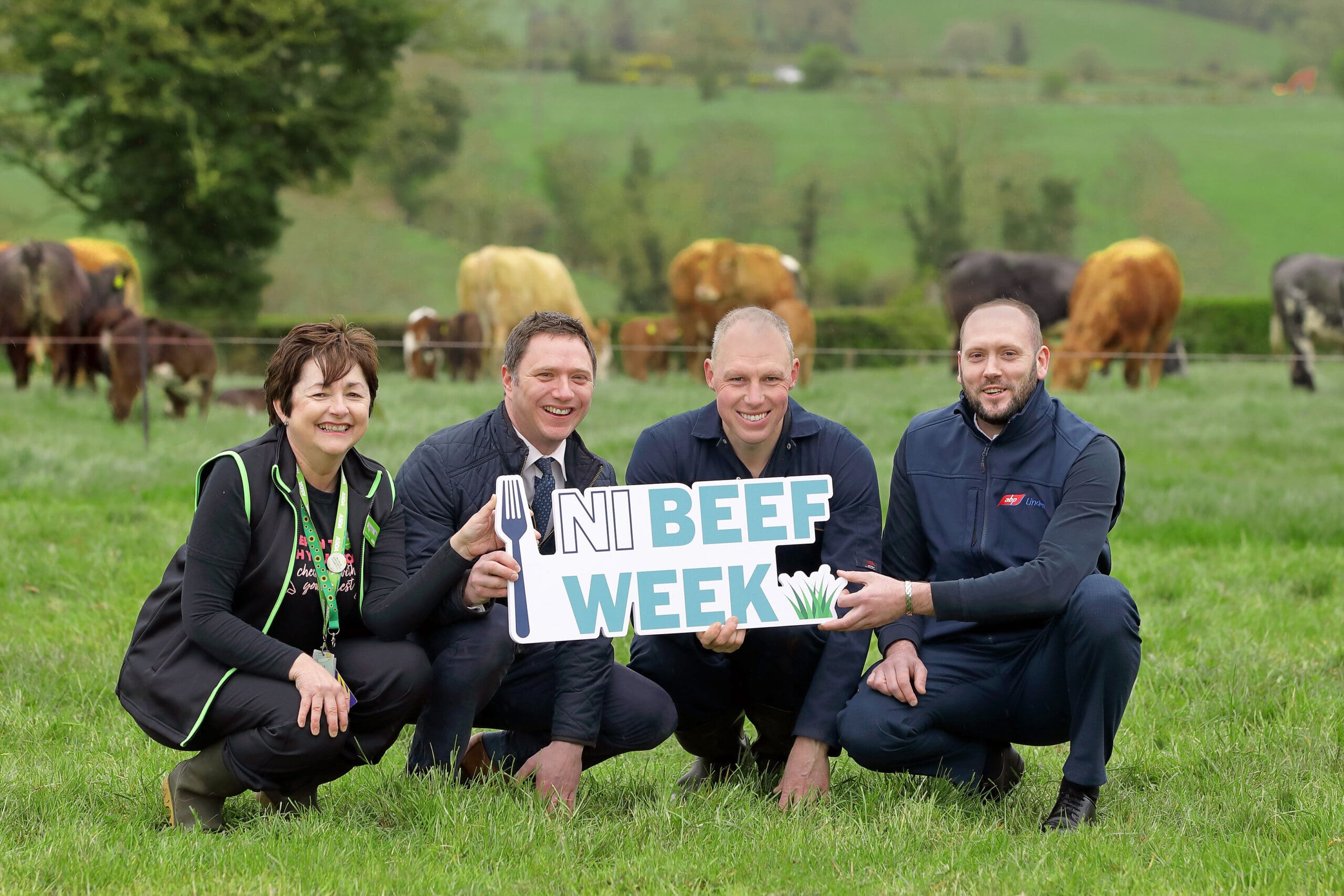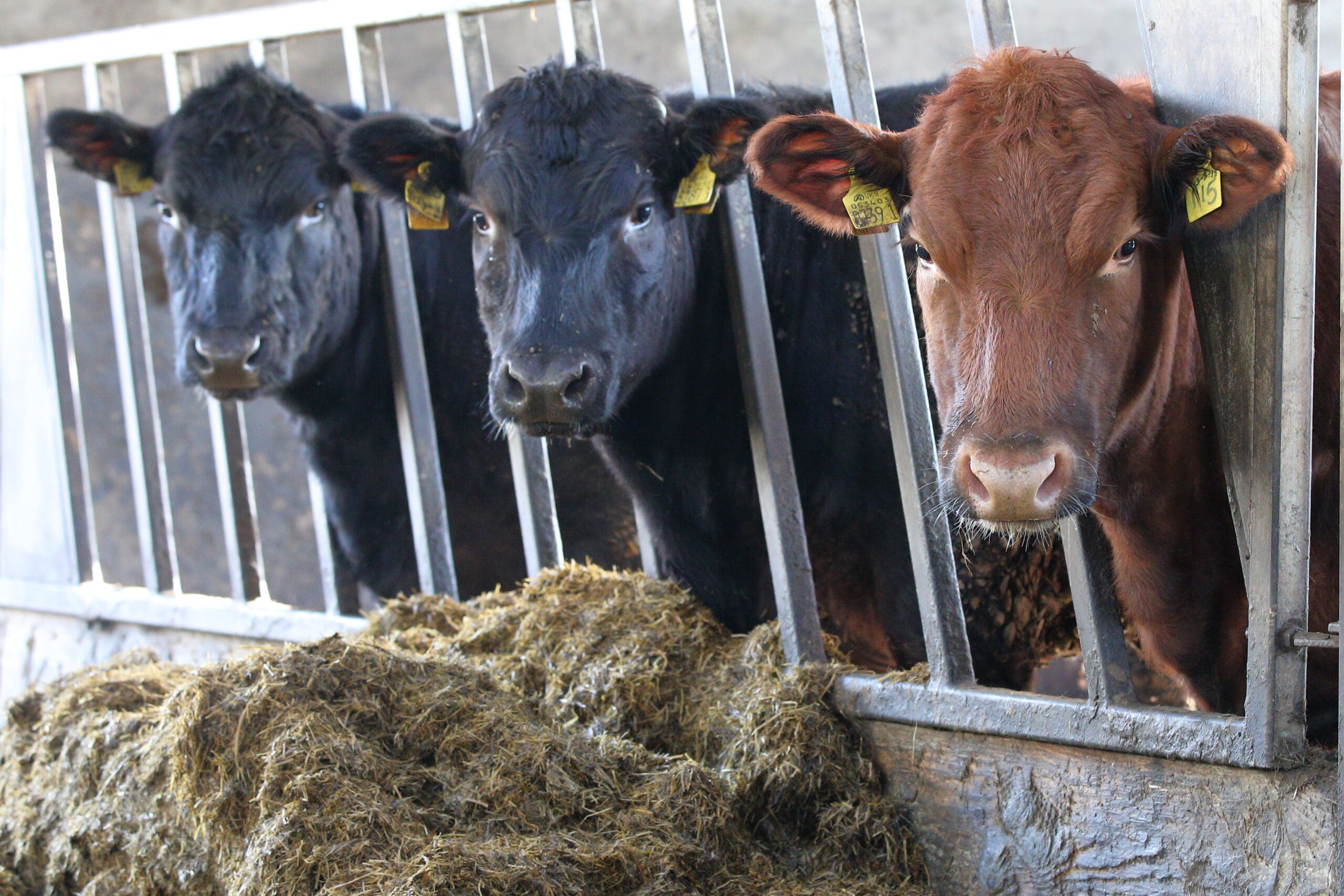
Commodity watch by Chris Osborne, UFU senior policy officer
UK inflation
Bond markets were thrown into chaos last week on the back of unexpectedly strong inflation data, showing that prices rose by 8.7% in April. Whilst down from 10.1% in March, it was higher than the Bank of England’s expectations with concerns growing regarding ‘core inflation’.
Food price inflation
Grocery prices (measured by food and non-alcoholic beverage prices inflation) increased to 19.1% in the 12 months to March 2023. This is the fastest rate in nearly 45 years with staples including milk rising sharply, sparking fears that soaring prices could persist in the United Kingdom (UK). UK food price inflation was among the highest across G7 economies, second only to Germany who have recently slipped into recession. Conversely, food prices have slowed from last year’s peak in the United States and Canada.
Last weekend it was reported that the HM Treasury and supermarkets have been discussing a possible voluntary scheme for maximum prices for certain goods. These would be likely to include essentials such as bread and milk. The plan has been met with skepticism with the British Retail Consortium saying, “it will not make a lot of difference to prices.”
The level of food price inflation was highlighted by Ulster Farmers’ Union (UFU) deputy president John McLenaghan in a press release last week. However, our focus this week is the disconnect between where dairy retail prices are compared to being paid at the farmgate.
According to the Office for National Statistics (ONS) last week, for April 2023, 400g of cheddar was £3.77. This is up 39% in the last 12 months and two pints of semi skimmed milk was £1.30, up 33% since this time last year.
In terms of exposure to inflation, retailers tell the industry that they have faced record levels of price increase. But it was interesting to hear from ONS chief economist Grant Fitzner. He said that the prices food businesses are paying for domestic food materials has come down from over 15% annually in March to under 10% for April, and that the prices that companies are paying for imported foods have also fallen. He concluded by saying, this is yet to be reflected on supermarket shelves.
NI farmgate milk prices
Retailers claim that falling wholesale prices take time to filter through to supermarket shelves due to the long-term contracts they typically sign with food producers.
In the supply chain, commodity prices are the first to weaken and this was seen in dairy markets at the end of 2022, and the industry was told that a fall in prices was coming. The UFU MPI saw a large drop on 10 February when it fell by 9.75%. Since then, over the next three months, it slipped by 4%, which is less than expected, and since 7 April to today, it has weakened by 0.23%. So, in total, commodity prices have fallen by 15% even when factoring in the large drop in early February. This is perhaps an illustration that dairy commodity prices are not as weak as what some would indicate. The last MPI, calculated on 19 May was 33.91ppl.
Meanwhile, at the farmgate, the average Northern Ireland base milk price has fallen from 47.12ppl to 32.51ppl – a fall of 31% over the same period.
In light of this, it would appear that the dairy farmer has taken more than their fair share of the falling price, with price reductions still to be seen on the shop shelves.
Outlook for Q3/Q4
Key input prices are expected to fall, dairy commodity prices could actually be about to strengthen. Furthermore, with a subdued spring peak in terms of milk production, which, as the sequence of events panned out in 2022, could impact upon the availability of milk.
Gross margins
Retailers have been quoted saying that the inflation they have faced has been driven by commodity prices, energy prices and wage inflation, and is still significant throughout the whole supply chain. Subsequently, their gross margins are down.
Yet, the same can be said for dairy farmers whose own businesses are seeing a drop in gross margins.
An incommensurate fall in farmgate milk prices along with the impact of absorbing record input prices has meant that margins on dairy farms have been diminished on the back of inflation pressures. Yet, whilst dairy retail prices have remained high, the rate at which farmgate prices has fallen has outpaced commodity price falls and a gap is beginning to become more noticeable.




